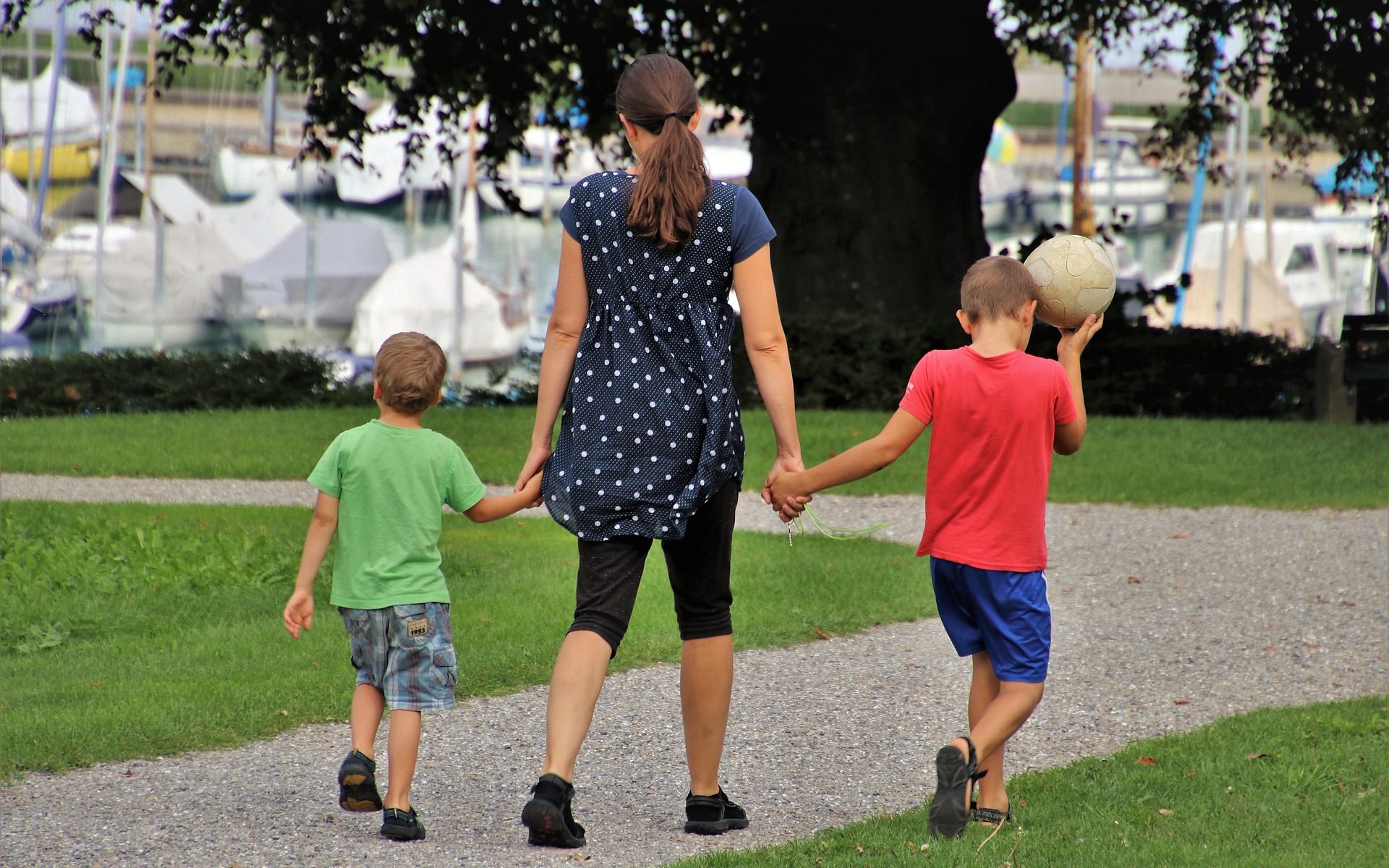Although communicating through maps is sometimes seen as a ‘top down’ approach by local government, there are various participatory mapping approaches that seek to rebalance the data used in policy and decision-making.
Some benefits of mapping are that it can help participants to express complex relationships and perceptions of neighbourhoods. This can also contribute to social capital and stimulate interest in and engagement with land-use planning.(1,2)
Mapping can be done in a variety of ways using one-to-one or small group sessions. Participants can work directly with maps or data can be gathered (e.g. through walks, focus groups or photos) and later applied to maps for analysis.
A project in Western Canada involved ‘experiential group walks’ with older people in an affordable senior housing development.(3) Researchers worked with a diverse group of older people (60+) and local decision-makers and service providers. The project used the group walks and a separate mapping workshop to gather residents’ views about place, including active participation in the community and social networks.
Additional workshops developed the results into solutions and an implementation plan. The results showed that older people wanted more accessibility and availability of age-appropriate community activities to support socialising with peers.
Another example related to mapping healthy food access. This project was in a part of Sandwell, England with high levels of obesity, diabetes and other chronic disease. The project used food mapping and interviews. The findings demonstrated that there were ‘large networks of streets and estates within Sandwell with no shops selling fruit and/or vegetables, or if such food did exist it was unaffordable.’(4)
Small retail shops were struggling to survive in the area, particularly if they attempted to sell perishable foods. This mapping led to winning a Neighbourhood Renewal Fund grant for an ‘Eatwell in Sandwell’ project, which linked regeneration and health through food in three neighbourhoods. The team created Food Interest Groups (FIGs) to address the issue of demand, or lack of demand, for healthy foods, using knowledge from the community.
Further information
(1) Talen E. Bottom-Up GIS: A New Tool for Individual and Group Expression in Participatory Planning. Journal of the American Planning Association 2000; 66: 279–94.
(2) Corbett J. Good practices in participatory mapping: A review prepared for the International Fund for Agricultural Development (IFAD). 2009. https://www.ifad.org/documents/10180/d1383979-4976-4c8e-ba5d-53419e37cbcc (accessed Sept 8, 2016).
(3) Fang ML, Woolrych R, Sixsmith J, Canham S, Battersby L, Sixsmith A. Place-making with older persons: Establishing sense-of-place through participatory community mapping workshops. Social Science & Medicine DOI:10.1016/j.socscimed.2016.07.007.
(4) Rosemary Kyle, Angela Blair. Planning for health: generation, regeneration and food in Sandwell. Intl J of Retail & Distrib Mgt 2007; 35: 457–73.
The information above is summarised from a report on Healthy Planning and Regeneration: innovations in community engagement, policy and monitoring.

